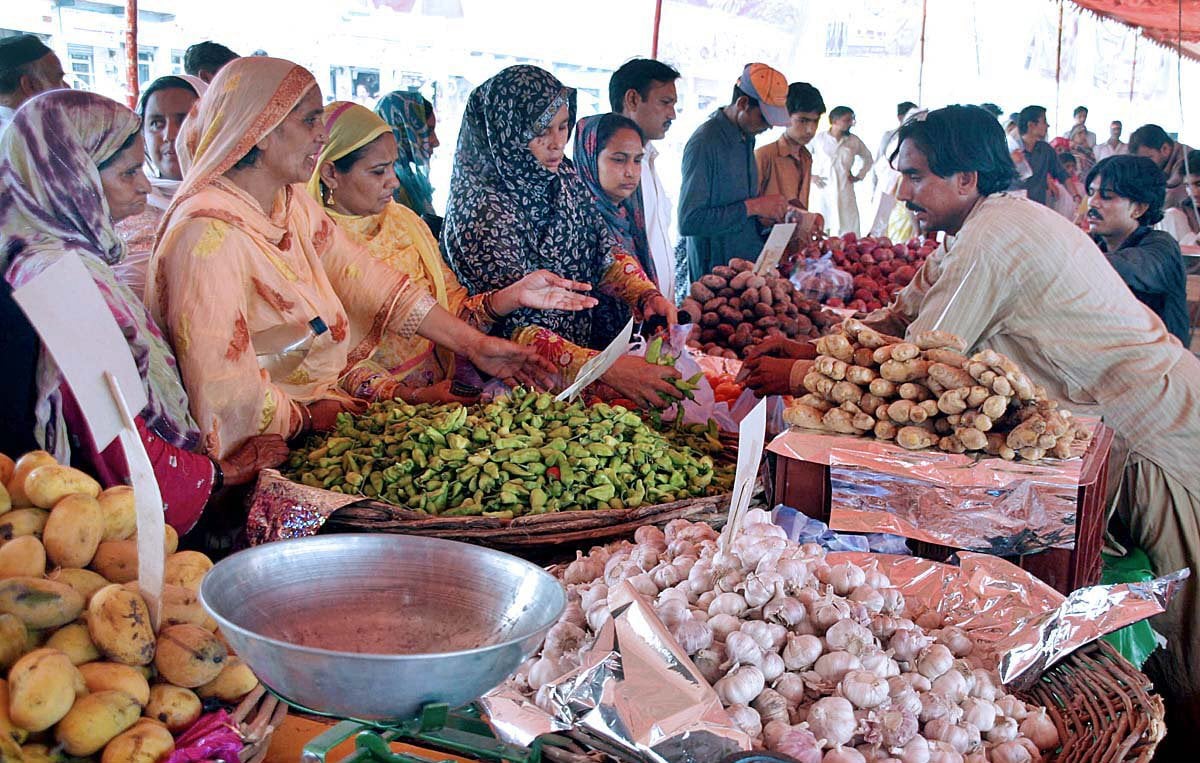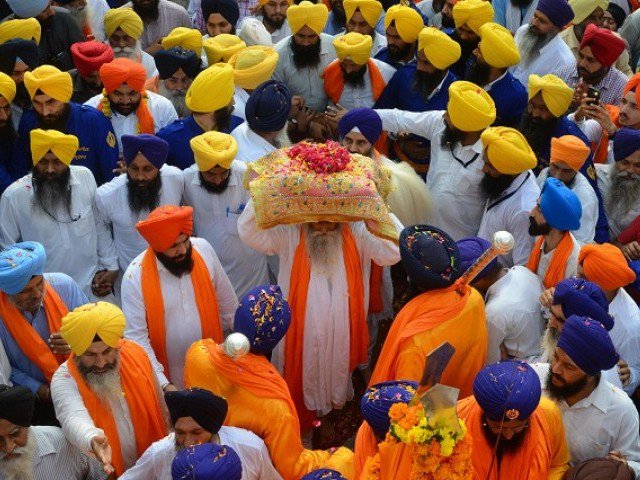
Inflation reading for December 2017 in Lahore touched 6.6% compared with just 1.8% in December 2016.
Experts say it is difficult to determine the precise reason of higher inflation in a particular city, but it seems that low cross-border trade with India may have impacted the prices of agriculture products in the city, making them more expensive.
Govt approves increase in drug prices in line with inflation
It is not just about the rate of inflation in December; Pakistan’s second largest city has been showing a higher inflation trend for the last many months.
Owing to this trend, the cost of living in Lahore is also increasing, IBA Karachi Assistant Professor & Research Fellow (CBER) Dr Aadil Nakhoda commented. “This might be an indicator of rising food prices due to low trade with India.”
Meanwhile, Islamabad came at number two position with a Consumer Price Index (CPI) of 5.6% in December 2017 compared with 4.1% in the same month of 2016. Karachi witnessed lowest inflation among the top five major cities and stood at 3.1% in December 2017 compared with 2.6% in the same month of 2016.
“It is difficult to analyse inflation trend at such a micro level, but I think higher rate of inflation in Lahore means that some people must be charging higher prices from consumers than they should,” said NUST Islamabad School of Social Sciences & Humanities Principal and Dean Dr Ashfaque Hasan Khan.
Unlike 2017, Karachi showed a higher inflation trend in 2016 compared to any other major city in the country.
During the last two to three years, Karachi has shown much faster economic growth compared with other major cities, which also translated into higher inflation rate in the city. For instance, the industrial capital of Pakistan in 2016 led all other cities with an average 5.1% inflation in the first half (January to June) of 2016.
However, the trend changed in 2017 as the largest city of Pakistan displayed lower numbers among larger cities. Interestingly, when Karachi was showing higher inflation in 2016, Lahore had the lowest inflation numbers among major cities at below 2%.
Inflation rises 3.41%, but remains manageable
Overall inflation
With rising oil prices and over 5% rupee depreciation against the dollar recently, analysts expect higher inflation in coming months. A rising trend is already seen in inflation. In December 2017, the headline CPI inflation was recorded at 4.6% - highest in last seven months - compared with 3.7% in the same month of 2016. Meanwhile, inflation in November 2017 stood at 4%.
Published in The Express Tribune, January 26th, 2018.
Like Business on Facebook, follow @TribuneBiz on Twitter to stay informed and join in the conversation.














1713509570-0/Taylor-Swift-Album-Release-(1)1713509570-0-270x192.webp)























COMMENTS (2)
Comments are moderated and generally will be posted if they are on-topic and not abusive.
For more information, please see our Comments FAQ